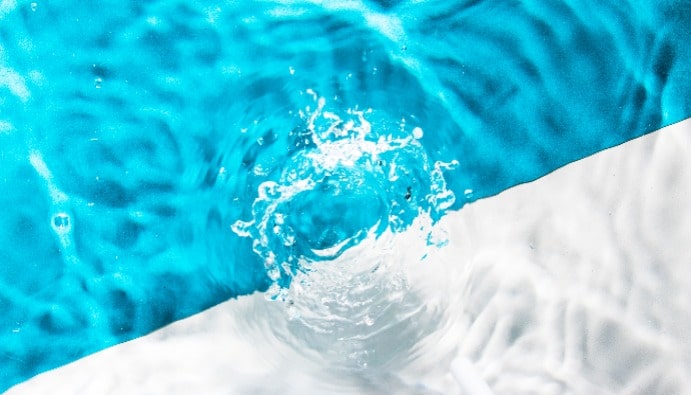
BLOG
KATEGORİDEKİ DİĞER YAZILAR

Pools are preferred for educational and sports activities, especially in the summer months to cool off and have fun. The fact that pool activities are so popular and preferred leads to the necessity of hygiene. If a pool is not adequately cleaned, disinfected and hygiene rules are not followed by users, it causes various diseases to occur.
Pool water tests include analyzes to protect the cleanliness, safety and health of pool users. These tests evaluate physical, chemical and biological parameters to determine whether the water meets hygiene standards. Regular testing of pool water is important for the following reasons:
1. pH Level: Indicates the acidic or basic properties of water. The ideal pool pH value should generally be between 7.2 and 7.8. This range ensures user comfort and increases the effectiveness of disinfectants. It is tested with pH meter devices or pH test kits.
2. Free Chlorine and Bound Chlorine: Free chlorine is the active disinfectant that destroys harmful microorganisms in water. Bound chlorine is a by-product of free chlorine reacting with organic substances. It is recommended that the free chlorine level should be between 1-3 ppm. It is measured with chlorine test kits or digital photometer devices.
3. Alkalinity: Alkalinity measures the capacity of water to stabilize the pH level. Low alkalinity can cause fluctuations in the pH level. It is analyzed with alkalinity test kits and the ideal value should be between 80-120 ppm.
4. Cyanuric Acid: It is used as a chlorine stabilizer and prevents sunlight from degrading chlorine, especially in outdoor pools. Cyanuric acid level should be kept between 30-50 ppm. It is measured by chemical analysis methods.
5. Hardness (Calcium Hardness): Measures the mineral content of water. Low hardness can cause corrosion on pool surfaces, while high hardness can lead to calcification. The ideal range is 200-400 ppm. Hardness is measured with test kits.
6. Microbiological Parameters
7. Turbidity: Turbidity indicates the level of water clarity and is often a sign of suspended solids in the water. High turbidity reduces the effectiveness of disinfectants. It is tested with turbidity meters.
8. Total Dissolved Solids (TDS): Indicates the mineral and salt content of the water. High TDS levels can affect the taste of water and cause corrosion. It is tested using digital TDS meters.
Nanolab Laboratories Group continues to provide services within the scope of Pool Water Tests. We also provide services in Seawater Analysis.
Contact us for more information.
You can follow us on LinkedIn for up-to-date news and shares about our services.
Follow our Instagram account to be informed about our latest blog posts.